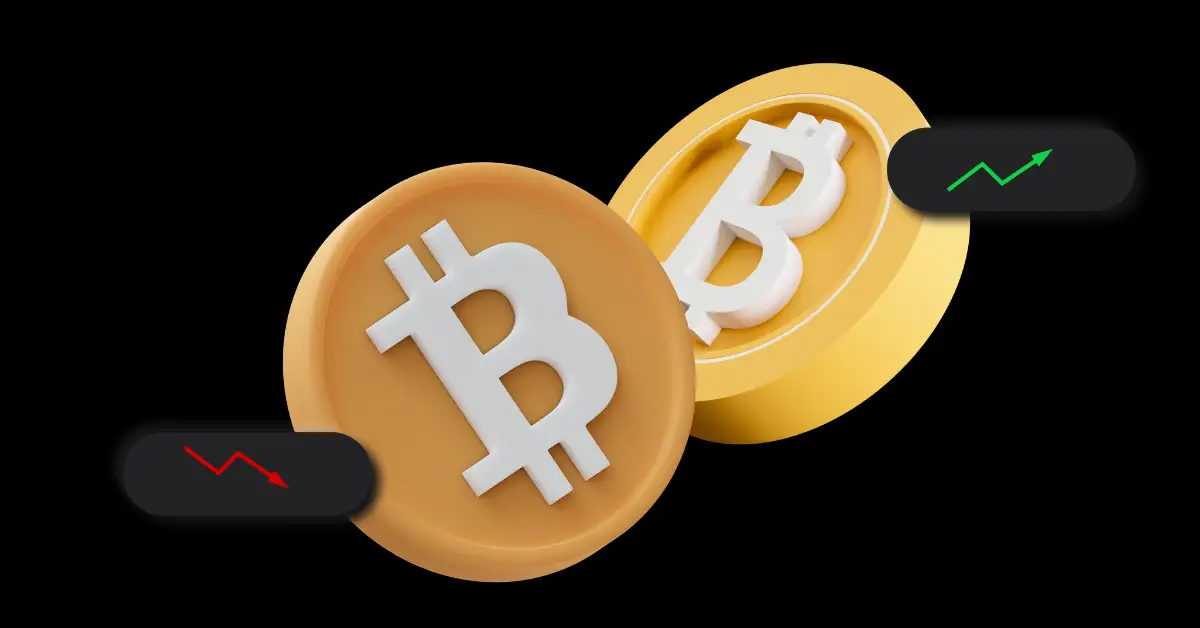Chip breakthrough could bring ultra-fast 6G network ‘within a decade’
Breakthrough research in the field of mobile communications could bring 6G mobile networks within the next decade, according to the scientist who leads the project.
The current generation of mobile networking technology, 5G, was implemented in 2019. The next generation, 6G, could revolutionize communications across nearly every sector.
According to a team of international researchers led by the University of Adelaide’s Withawat Withayachumnankul, scientists have successfully developed and tested a first-of-its-kind silicon chip solution capable of enabling 6G communications.
Next-generation mobile network
The sixth generation of mobile networks was expected to start finding commercial footing somewhere around the late 2030s. However, the new chip breakthrough could serve as a platform for accelerated advancement.
According to a university press release, the team expects its work to help push the entire field forward. Withayachumnankul, the professor who led the research, predicts this will happen by the mid-2030s:
“Within a decade, we foresee widespread adoption and integration of these terahertz technologies across various industries, revolutionizing fields such as telecommunications, imaging, radar, and the internet of things.”
Implications for blockchain and the metaverse
The onset of 6G technology would likely have an immediate and revolutionary impact on nearly every aspect of communications. It would have several key advantages over 5G that would allow for faster networks — purportedly double the current speed — and a reduction in latency of around 90%.
Benefits would extend beyond just faster messaging and less lag, however. Due to the expanded frequency range, 6G could enable new technologies entirely. Real-time, high-fidelity streaming in virtual reality, spatial computing and traditionally underserved coverage areas would be possible upon launch.
This, potentially, would lead to the ability for artificial intelligence models to generate photorealistic metaverse spaces in real-time, including streaming holographic images in real space.
In the robotics space, 6G networks could provide the necessary bandwidth to control drone swarms or other robot formations across global networks — for better or worse.
It could also enable instant blockchain transactions and real-time settlements, among myriad other benefits for the finance community.
Related: Deciding who owns your ‘digital twin’ will make or break the metaverse
Disclaimer: The content of this article solely reflects the author's opinion and does not represent the platform in any capacity. This article is not intended to serve as a reference for making investment decisions.
You may also like
Bitcoin Faces Bearish Pressure as Safe Haven Assets Like Gold Flourish Amid Trade Tariff Tensions

Bitcoin to $1M? These 5 Cryptos Could Be the Next Generation of Wealth Builders!

VeChain Breaks Into Combat Sports with Power Slap Sponsorship—Big Win for VET?

